Without a doubt, Tlaquepaque, Jalisco encapsulates all the things I love about Mexico.
I spent a joyful day walking around colorful buildings, big plazas, and street vendors. There were music and delicious food in almost every corner. To make things better, this is an artisan town full of ceramics, paintings, traditional goods and much more. We are talking about mind-blowing, beautiful pieces of art.
Keep reading since I have compiled a complete list of things to do in Tlaquepaque and its surroundings.
Table of Contents
Context
Granted. You may not have heard about Tlaquepaque, Jalisco. However, I am pretty sure you have heard about Guadalajara, Mexico’s second largest city (in terms of metropolitan areas).
Guadalajara is located 330 miles (536 km) northwest of Mexico City and it is known worldwide for things such as mariachi and tequila.
Guadalajara is the main city on its eponymous metropolitan area. Other municipalities such as Zapopan, Tonalá, and Tlaquepaque are part of the metropolitan area. So, there you have it. Tlaquepaque is a city within the Guadalajara metropolitan area. The center, which is the area of interest for this article, is located about 4 miles (7 km) from Guadalajara.
Things to Do in Tlaquepaque, Jalisco
If you are in the area, Tlaquepaque is the place to go. I liked it a hundred times better than Guadalajara. I hope this article ignites the desire to visit.
Start your Day at the Jardin Hidalgo
The Jardin Hidalgo is the main square in the city. It has a beautiful gazebo, plenty of benches and more street vendors than you can imagine. It is an ideal place to rest and people watch.
Visit the Two Churches
Even if you do not consider yourself religious, I have the hunch that you would like to take at least a look at the two Catholic churches located in the northwest corner of the Jardin Hidalgo.
The Santuario Nuestra Senora de la Soledad (Our Lady of Solitude Sanctuary) is a striking white and cream church with a white and yellow concrete fence. I found its architecture and accents unique.
To one side of this church, you have the Parroquia de Pedro Apostol. This is a smaller structure with red accents, paper decorations and palm trees flanking the entrance.
Enjoy the Festive Atmosphere of El Parian
Parian is a Tagalog word that means “market.” The term came to the Americas by way of Spain (remember the Spaniards colonized the Philippines).
The Parian in Tlaquepaque was constructed in 1878 and it is considered a social center because of the abundance of music, food, drinks and craft sales. Think about it as a square building with an open center. The sides of the square are occupied by restaurants and there is a gazebo on the (open-air) center.
During weekends, there are mariachi performances at several times (3:30 p.m. and 7:30 p.m.). Take into consideration that things get lively during the late evening. We passed by a Saturday at around 5:00 p.m. and things were still slow.
Tip: If you are eating at El Parian, ask locals what their favorite restaurant is. We picked a place without asking or doing research and it ended up being mediocre.
Stroll the Andador Independencia
The Andador Independencia, a pedestrian street in the center of Tlaquepaque, will steal your heart. This is the place to enjoy historical houses, impeccably furnished restaurants, boutiques, art galleries and stores selling the most gorgeous national and international crafts. You will find yourself walking up and down the street several times. One time is not enough to absorb all the beauty that is concentrated there.
This is the place where I recommend spending the majority of your time (in terms of sightseeing). Do not miss the following:
Sergio Bustamante Gallery – This Mexican artist is known for his sculptures featuring figures with a triangular face. You are going to see his work in Puerto Vallarta, Tlaquepaque and other cities in Jalisco. In addition, he has created ceramic, paper-mache and gold works.
Rodo Padilla Gallery – This artisan, born and raised in Tlaquepaque, has won several national prizes for his ceramic works. One of his most notorious figures are “Los Gorditos” (The Chubby Ones). In the gallery, you are going to find the Gorditos performing common tasks and professions.
El Dorado Gallery – I loved this place! It has an eclectic selection of goods arranged in a wide array of visually pleasing ways. You experience a color overload once you enter the structure housing the gallery. The central room (or the patio) is full of wood furniture, fountains, birdhouses, sculptures, pillows, and light fixtures. The sensory overload continues once you start walking on the side rooms. It is just a beautiful space!
Del Corazon de la Tierra (From the Heart of the Earth) – This is another place I adored! The concept of having a varied amount of goods artfully arranged around an old house is followed in here. The big difference is that the goods (or works of art) in here are made by indigenous hands. Most pieces have a sign with the name of the artist and the place of origin. This is an excellent place to get a deeper knowledge of crafts worked in different areas of Mexico.
This is a short list of my favorite stores in the andador. There is much more to see. As I mentioned, take your time to check out the stores that catch your attention.
Do not Forget about the Rest of the Historical Center
Many visitors to Tlaquepaque concentrate on the Jardin Hidalgo, the Parian, and the Andador Independencia. That is perfectly fine since those may be the most colorful and polished parts of the city.
However, remember the entire Historical Center is composed of 5 (north to south) X 5 (west to eat) streets. It is nice to check out the businesses on Constitucion, Morelos, Juarez and Reforma streets.
For example, in Juarez, you are going to find places such as the Plaza de Artesanias (Handicrafts Fair), El Buho (great selection of tequilas and other spirits), Nuestros Dulces (Guinness World Record holder for most tequila bottles (or brands)) and Tete Art & Design.
In Reforma, you will find El Arca, a place specializing in Mexican popular art, ceramics, Taxco silver jewelry and antiques.
Have a Delicious Snack
Mexico is well-known for its street food vendors, but I feel like I experienced an overdose of botana (snack) carts in the Guadalajara area. There were carts with piled high goods everywhere. Plus, almost everybody on the streets was holding a bag with something.
Well, in a way, that is a blessing for visitors since we have easy access to some yummy snacks. You will find carts selling the following:
- Potato Chips – you can get them prepared with hot sauce, lemon juice, chile or cheese
- Escamochas – diced fruit (apples, bananas, guavas, pineapples, etc.) served with orange juice, lemon, salt, and chile
- Bionicos – diced fruit mixed with yogurt, condensed milk, and vanilla extract. Sometimes, dry coconut flakes and granola are added
- Salchipulpos – hot dog pieces cut like octopi
- Churros
- Elote Loco – corn on the cob dressed in mayonnaise, cheese, lemon and chile
- Esquites – corn grains served in a cup and mixed with mayonnaise, cheese, lemon and chile
There are many more things sold on the street so, get ready to dig in.
Visit the Regional Ceramic Museum
This museum, located on the Andador Independencia, displays ceramic works, a typical Mexican kitchen, a loom and a cart used by the original property owner (known as the Golden Donkey).
The staff is friendly and willing to explain the history behind the museum and details about what is on display. It is an interesting place to visit to get a better understanding of the historical era where Tlaquepaque evolved as a city.
Stop by the Pantaleon Pandaro Municipal Museum
This museum houses more than 500 pieces of art corresponding to the winners of the National Ceramic Prize. Because of that, you can expect the displays in here to be top quality. Exhibitions halls are distributed based on technique, prize, and origin. You will find works from Oaxaca, Puebla, Tlaxcala, Michoacán, Jalisco, and other states.
Docents offer guided visits.
El Refugio Cultural Center
This colonial building was constructed in 1885 and used for religious purposes till 1935. It served as a hospital till 1979 and acquired by the municipality in 1983. Since then, it has been used as a cultural, commercial, artisanal and touristic center.
It has exhibitions related to ceramics and other artistic mediums.
Try One of the Local Specialties
You cannot leave Tlaquepaque (or the Guadalajara area) without trying the triad of classics. You need to try the birria de chivo (goat stew), carne en su jugo (meat cooked in its own juice, bacon, beans, and chilies are added for flavor) and a torta ahogada (the literal translation is “drowned sandwich,” a pork sandwich “drowned” in tomato sauce). Several restaurants in the city sell these (it is very easy to get them).
In terms of drinks, you have to try a tejuino (fermented corn masa, brown sugar, salt, and water) served with lemon sorbet, a cazuela (grapefruit soda, tequila, citric slices, and salt) and/or a cantarito (tequila, orange juice, grapefruit juice, lime juice and a splash of grapefruit soda).
For dessert, try a jericalla (custard similar to a flan).
Check the Mercado Juarez
If you like Mexican markets (I love them!), make sure to stop by the Mercado Juarez. In the market, you will find typical food and clothing (first floor), food, vegetables and flowers (second floor) and traditional crafts (third floor).
Snap a Picture with the Giant Letters
You cannot leave the city without snapping your picture in front of the big, colorful Tlaquepaque letters located almost at the end of Andador Independencia. A statue commemorating the independence movement is located nearby.
Have a Nieve the Garrafa
I have given you a lot of details about the food in Tlaquepaque but I feel like the nieves de garrafa deserve a special mention.
This type of frozen concoction is started by putting together a basic mixture of sugar and water. You can flavor it with anything you can think of (fruits, nuts, liqueur). Then, it is placed it in a steel tub lined with ice and salt. It is churned by constantly spinning the bucket around inside the wooden tub.
There are many places selling nieve de garrafa but the favorite seems to be La Chapalita (located in Juarez Street). This place has over 60 flavors (look at the photo below) so, it is not easy to choose what to have. You can sample flavors but that does not make the choosing necessarily easier.
I chose cheesecake and piñon. They were so good! Do not miss this treat!
Nearby Attractions
Remember Tlaquepaque is located in a big metropolitan area. If you want to keep discovering places, here are some options:
Tonalá – This city is known all over the country because of an artisan center. One of the main attractions in the tianguis (handicrafts market) that takes place every Sunday. With about, 4,000 artisans offering their goods, it is a shopper’s paradise. Tonalá is located 5 miles (10 km) from Tlaquepaque.
Guadalajara – The big city in the area is full of regal architecture, museums, and UNESCO World Heritage Sites. An entire day (or longer) is needed to tour the historical center. Guadalajara is located 4 miles (7 km) from Tlaquepaque.
Zapopan – This city is known for its Basilica and a museum showcasing Huichol art. Zapopan is located 8 miles (15 km) from Tlaquepaque.
In addition, it is possible to visit the tequila route (El Arenal, Amatitán and Tequila) and the Chapala Lake from Tlaquepaque.
How to Reach Tlaquepaque, Jalisco
If you are staying in Guadalajara, here are some ways to reach Tlaquepaque:
By Uber
This is by far the easiest and most economical way to reach the city. Mexican currency varies a lot but a ride to Tlaquepaque should cost you around $5.
By Taxi
You can reach the destination by taxi too. You will need to negotiate and agree on a price before getting into the taxi. From Guadalajara’s center, expect to pay $5 – $7. You may be quoted a higher price so, feel free to counter.
By Bus
Buses to Tlaquepaque leave from the Dos Templos area in Downtown Guadalajara. It was complicated to find information about buses going to Tlaquepaque. Then, we saw the buses but they didn’t stop. It was easier to take the bus from Tlaquepaque to Guadalajara.
If you are traveling directly to Tlaquepaque, reach the city using the following:
By Bus
Buses traveling from other major cities within Jalisco or other states, stop at the Tlaquepaque Bus Station. Depending on where you are traveling, the bus may stop first in the Zapopan Bus Terminal. Do not get down there. Go all the way to Tlaquepaque.
By Plane
The Guadalajara International Airport is located 7 miles (14 km) from Tlaquepaque.
General Notes
Tlaquepaque is a very safe place. However, take regular precautions (keep an eye on your belongings, do not wear flashy jewelry, etc.)
Even though this is a safe place, you may encounter people (including kids) asking for money on the streets or approaching your group while you are eating at a restaurant. This may happen often. Decide beforehand how you want to deal with this situation.
If you buy handicrafts, ask the seller what is allowed to go on your checked luggage and/or on your carry on. I will double check with the airline before flying. I was given incorrect information in a store and had to make miracles to fit everything in my checked luggage to avoid confiscation.
Some stores do not allow visitors to take photos. Please respect the signs. If you do not see a sign prohibiting photos, it is good manners to ask for permission without starting to snap pictures.
Have you been to Tlaquepaque, Jalisco? What would you like to see?
If you enjoyed this article, remember to share!
Pin “Things to Do in Tlaquepaque, Jalisco” for later!




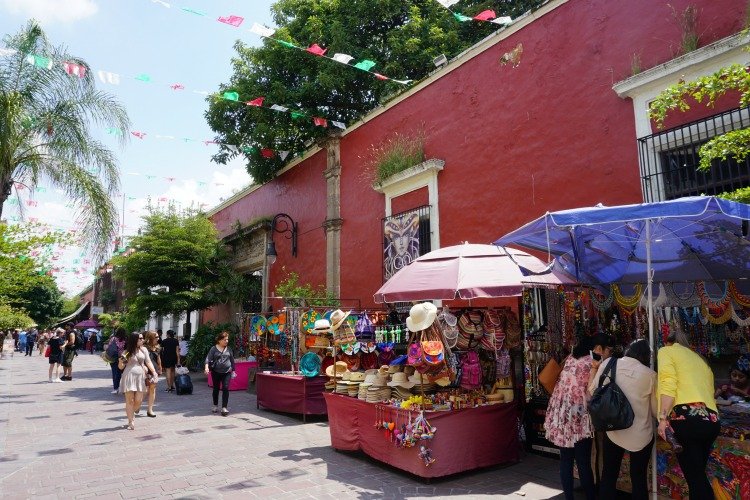


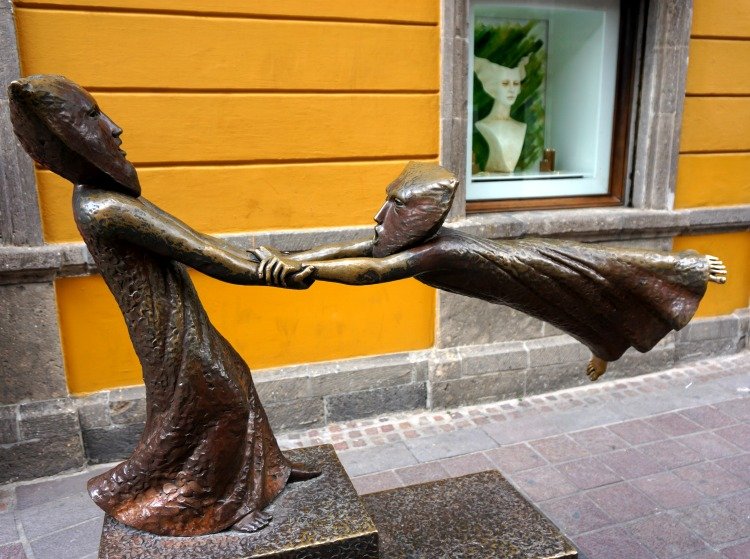

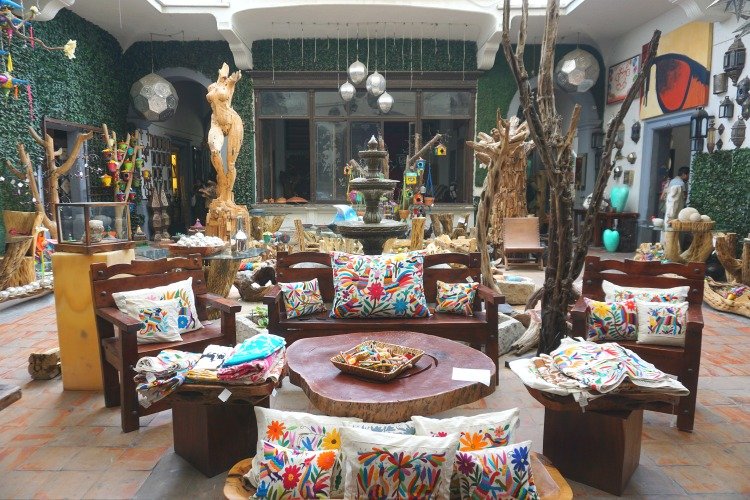


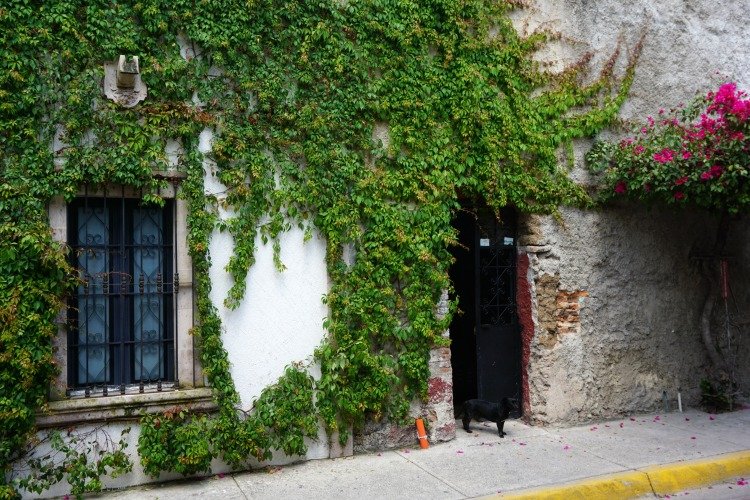

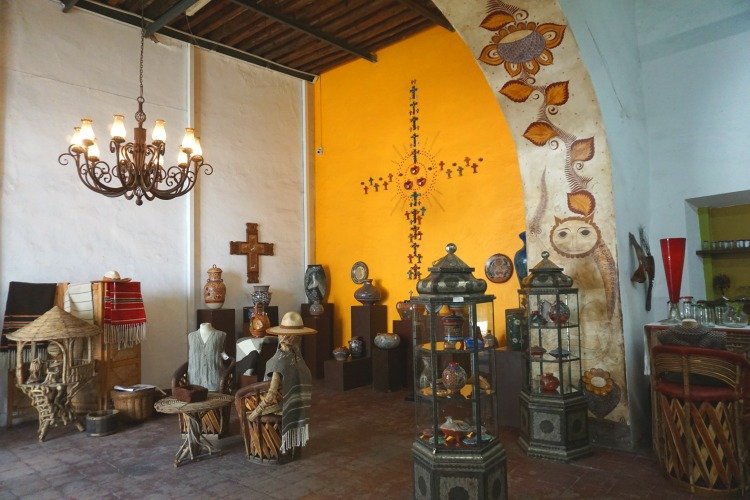








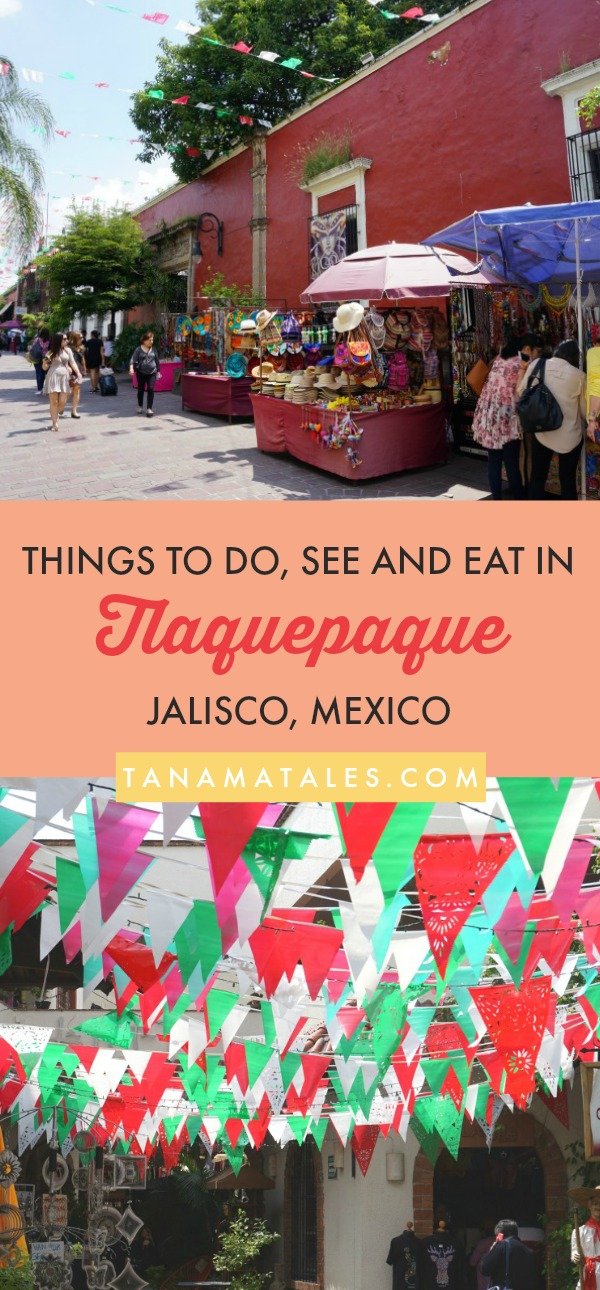

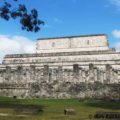
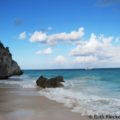


Photo Cache says
Why does this remind me of Cabo? The first few photos especially remind me of Cabo San Jose.
Jill says
How very colorful! I love your photos – especially of the statues.
Arunima Dey says
Such a stunning little place and your pictures do them justice! I had never heard of this town but hopefully would get to visit one day! I would love to check more of the Los Gorditos, reminds me of Botero!